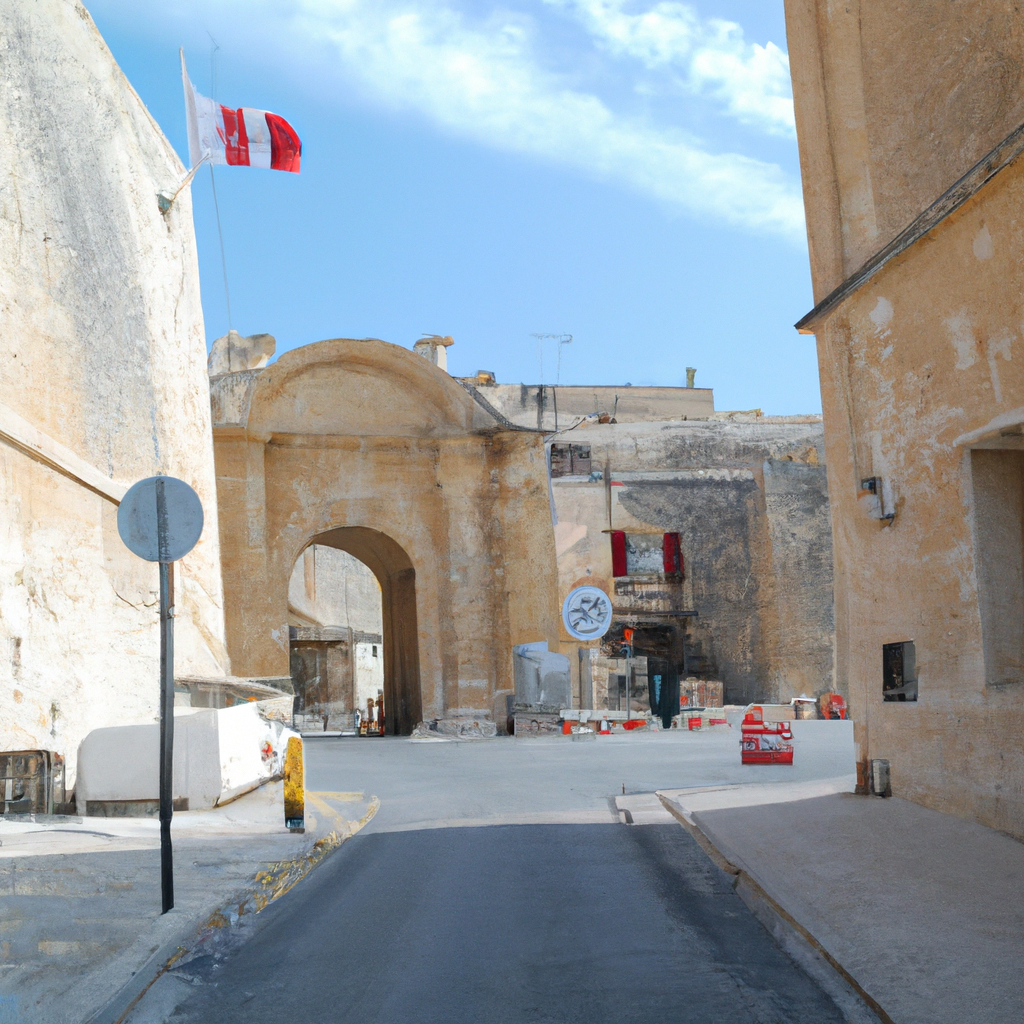Can I visit the lesser-known historical sites in Malta?
Post ByAdequate Travel
Summary
Are you looking to explore the lesser known parts of Maltese history? Malta is teeming with hidden gems that only a few know about. From ancient ruins to stone tombs, this small Mediterranean nation has a wealth of historical sites that have remained unknown for centuries. In this article, we'll explore these lesser-known sites and help you discover the amazing history of Malta! Keep in mind that travel guidelines and travel rules may change anytime, so regularly check for updates to ensure a hassle-free and memorable travel experience.Can I visit the lesser-known historical sites in Malta?
Yes, you can definitely visit the lesser-known historical sites in Malta. While popular tourist destinations like the ancient city of Mdina and the megalithic temples of Ħaġar Qim and Mnajdra receive a lot of attention, Malta is home to numerous lesser-known historical sites that are equally fascinating and worth exploring.
Examples of lesser-known historical sites in Malta
1. St. Agatha's Tower (Red Tower) - Located in Mellieħa, this 17th-century coastal watchtower offers stunning panoramic views and a glimpse into Malta's military history.
2. The Domus Romana - Situated in Rabat, this Roman townhouse is a well-preserved archaeological site that provides insight into Malta's ancient past.
3. Catacombs of St. Paul and St. Agatha - Found in Rabat, these underground burial complexes are a maze of interconnected chambers that date back to the Roman era.
4. Fort Rinella - Situated in Kalkara, this Victorian-era fort houses a historic Armstrong 100-ton gun and offers guided tours, showcasing Malta's military heritage.
5. Tarxien Temples - These megalithic temples in Tarxien showcase intricate stone carvings and are a UNESCO World Heritage Site, yet are often less crowded than other temple complexes on the island.
Why visit lesser-known historical sites in Malta?
1. Authenticity - Lesser-known sites often offer a more authentic experience, with fewer crowds and a chance to interact with the history of Malta in a more intimate setting.
2. Unique insights - These sites provide alternative perspectives on Maltese history and culture, complementing the more well-known attractions and enhancing your overall understanding of the island's heritage.
3. Hidden gems - By exploring lesser-known historical sites, you may stumble upon hidden gems that have not yet been fully discovered by mass tourism.
4. Escape the crowds - If you prefer a more tranquil and peaceful experience while still immersing yourself in Malta's history, these sites are ideal as they are often visited by fewer tourists.
In conclusion, Malta offers a wealth of lesser-known historical sites that are worth exploring for a more unique, authentic, and off-the-beaten-path experience. By visiting these sites, you will not only delve deeper into Malta's rich history but also have the opportunity to uncover hidden gems and escape the crowds often associated with more popular attractions.Travellers can find valuable travel information for tourists, such as local customs, must-see attractions, and dining recommendations, to make the most of their trip.









